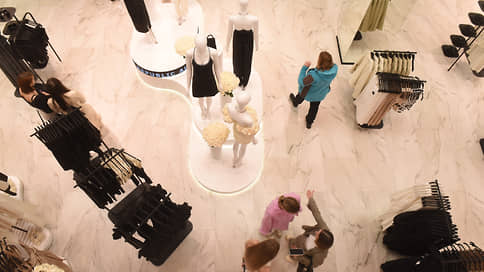consumer confidence index rose to minus 13%
[ad_1]

Rosstat published an assessment of the consumer confidence index in the third quarter of 2023 (surveys were conducted in the first ten days of September). Over the quarter, the indicator slightly improved its value – by 2 percentage points (pp) – to minus 13%. “Nevertheless, for the last ten years it has remained in the negative zone. The best value was minus 6% in the second quarter of 2014,” the service reports.
In the third quarter, the index rose across all age groups, with the strongest growth in personal well-being and income expectations among young people. As a result, the subindex of expected changes in the economic situation in a year increased over the quarter by 1 percentage point to minus 8%. Changes in the economy in the third quarter were assessed positively by 14% (an increase of 1 percentage point compared to the second), and negatively by 49% of respondents. The index of expected changes in personal financial situation has not changed, amounting to minus 5% (also in the negative zone for the last ten years). Thus, 59% of the population called changes in their financial situation neutral (the share of assessments increased by 2 percentage points); 28% of respondents gave a negative assessment (the share decreased by 4 p.p.); 12% assessed such changes positively (share increase by 1 p.p.).
The Bank of Russia also recorded an improvement in consumer sentiment and expectations in August 2023. “The level of expectations continues to chronically exceed the current state index, which is typical for our economy, but, in general, is a sign of a crisis,” CMAKP analysts note. A similar discrepancy between current assessments and respondents’ expectations is recorded by the Rosstat index (see chart).
At the same time, according to statisticians, the index of favorable conditions for large purchases in the third quarter increased by 3 percentage points to minus 22%, and the assessment of conditions for savings increased by 2 percentage points to minus 29%, although bank rates deposits increased noticeably. “In the field of consumer behavior in the second quarter there was a reversal of previously stable trends. The consumption rate (pre-crisis?) jumped, and against the backdrop of a slight decrease in the rate of savings in deposits. The latter looks rather strange in the context of rising real rates,” notes the Center for International Relations.
[ad_2]
Source link






